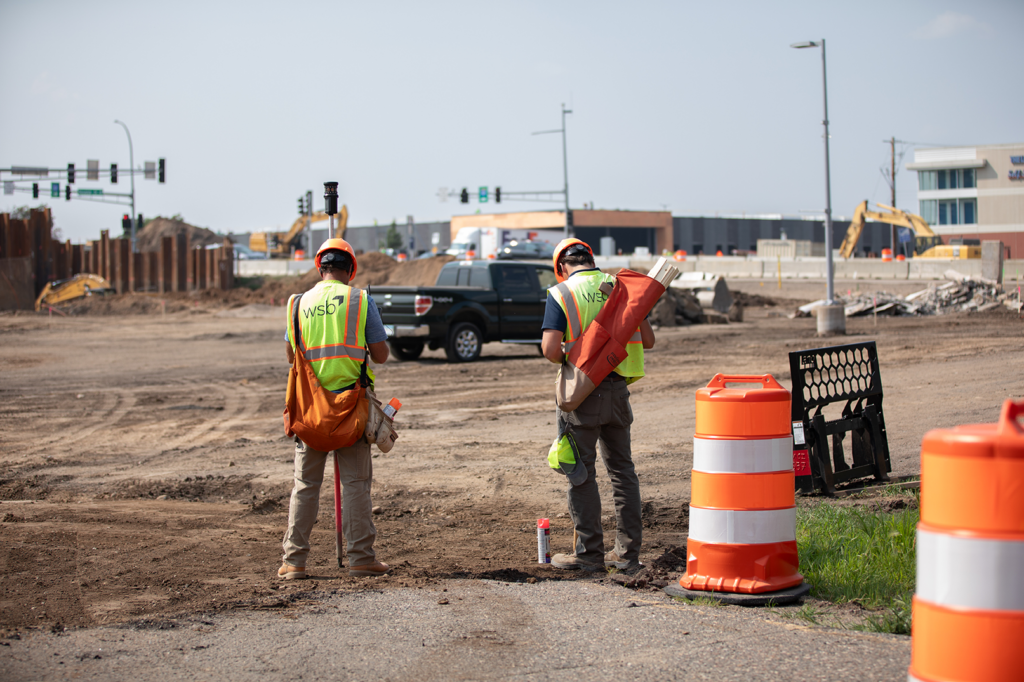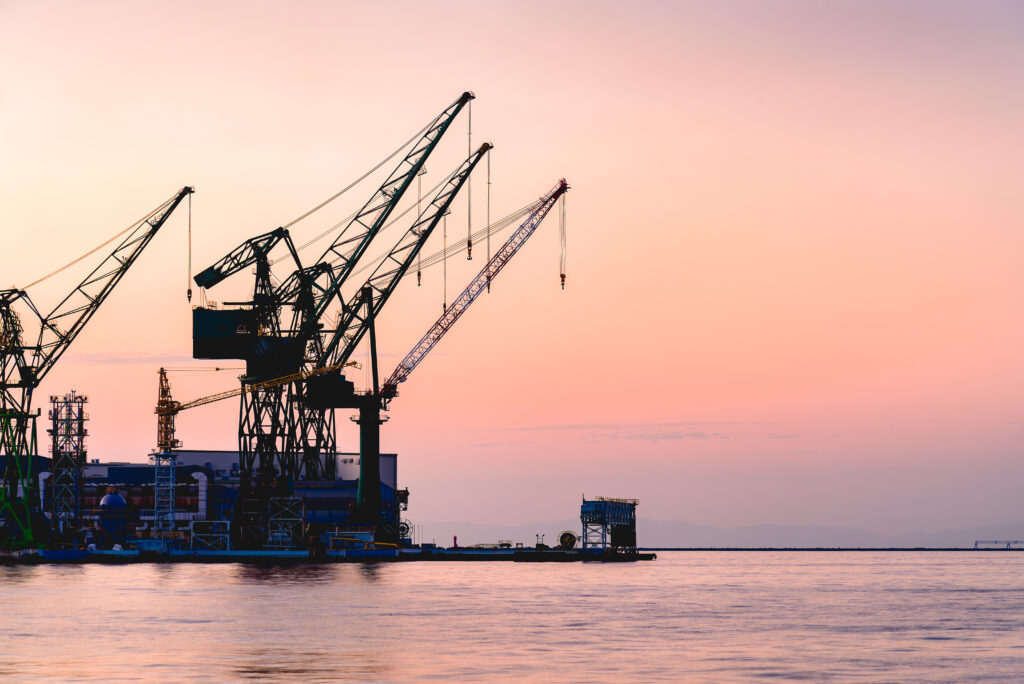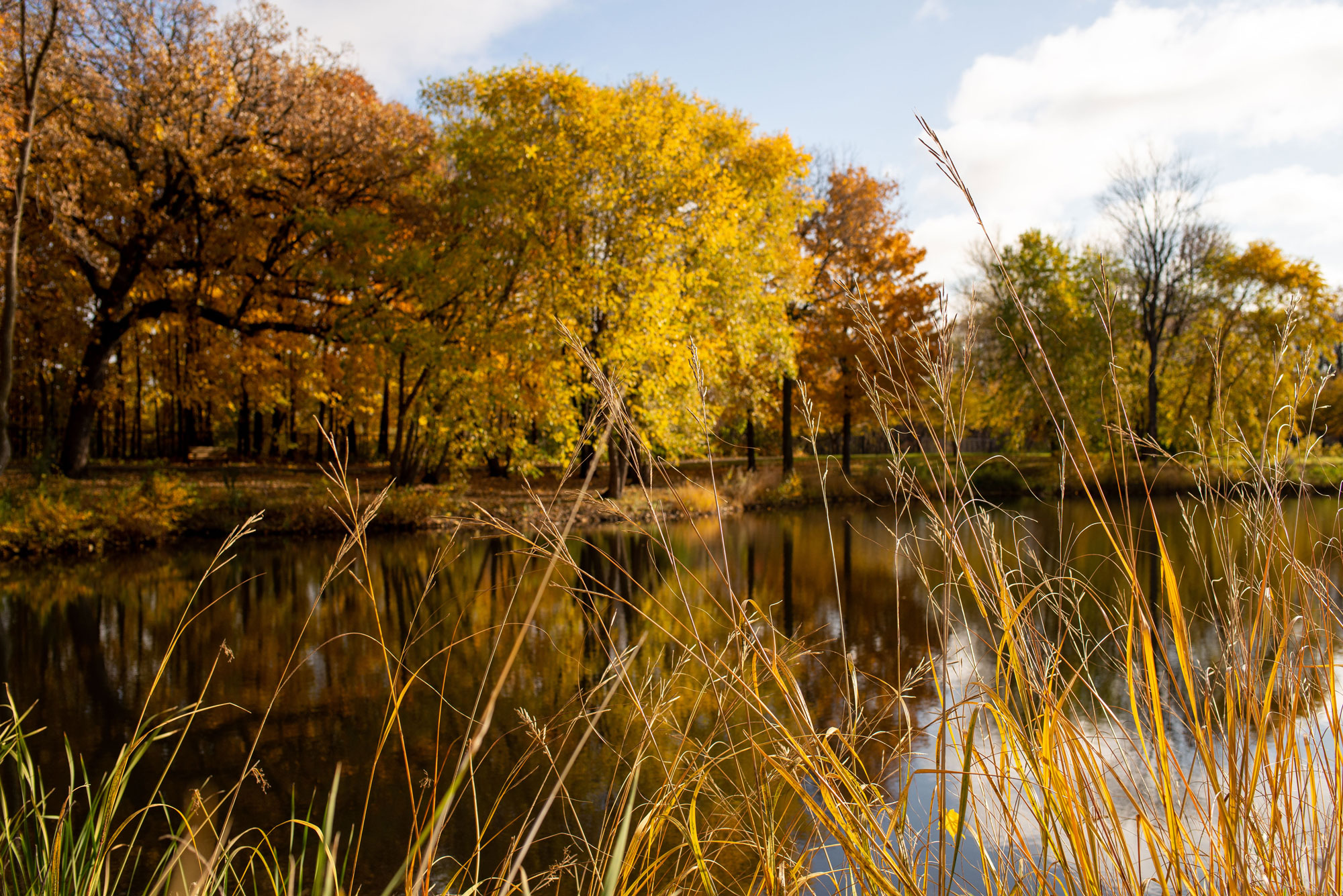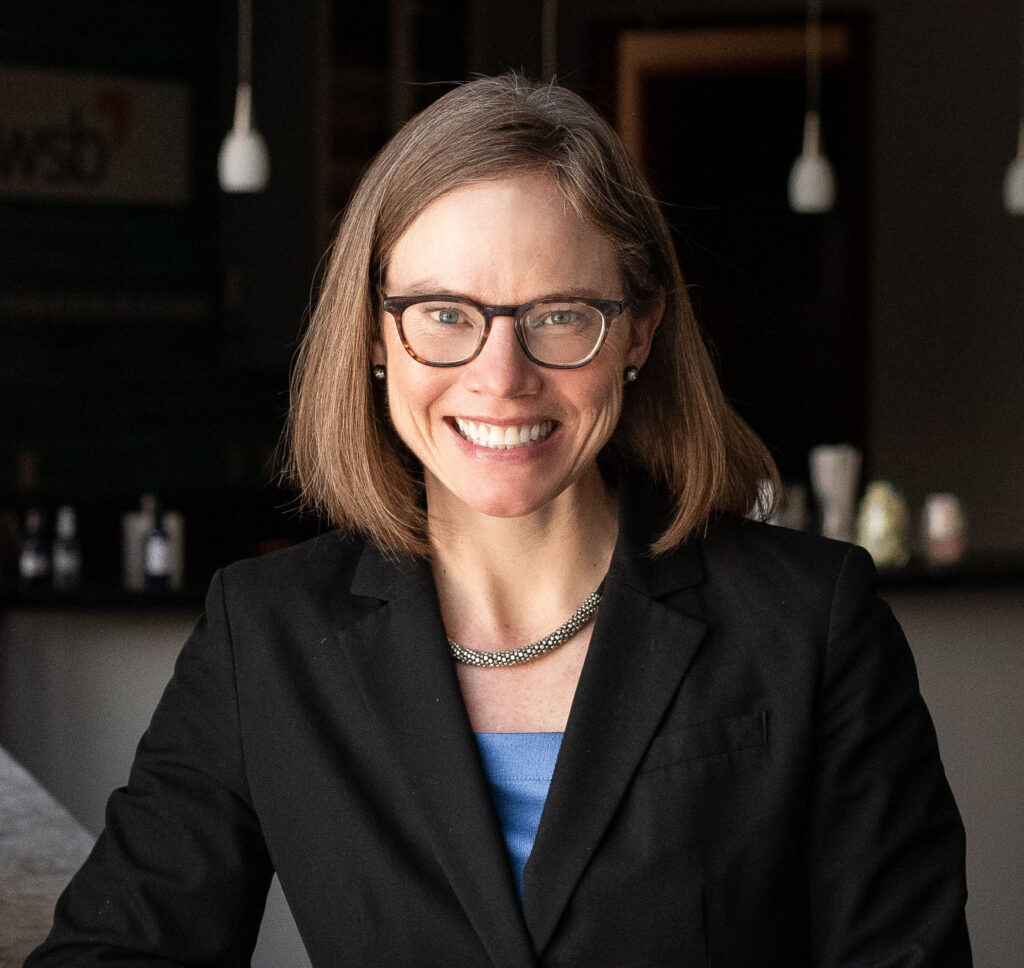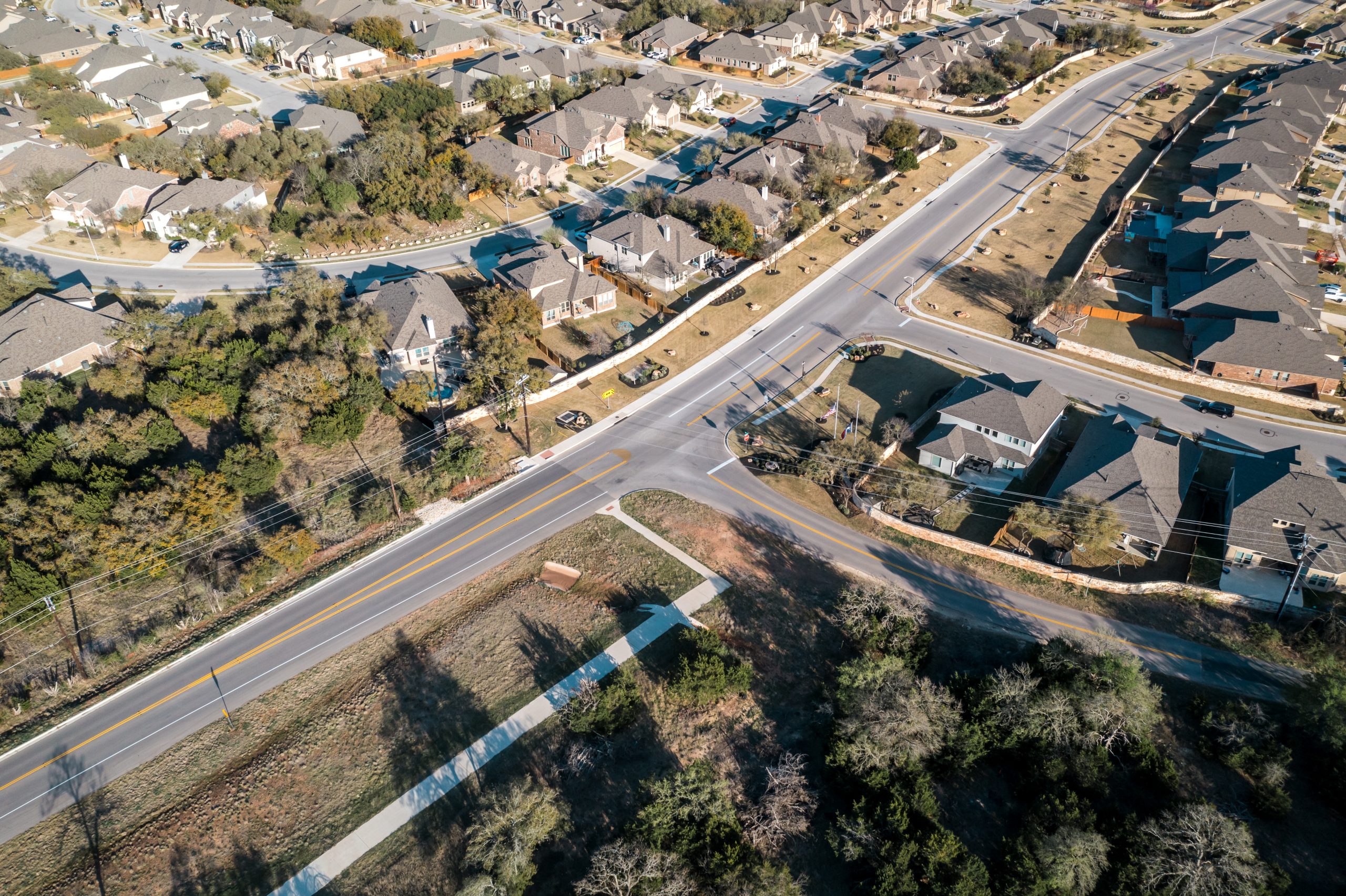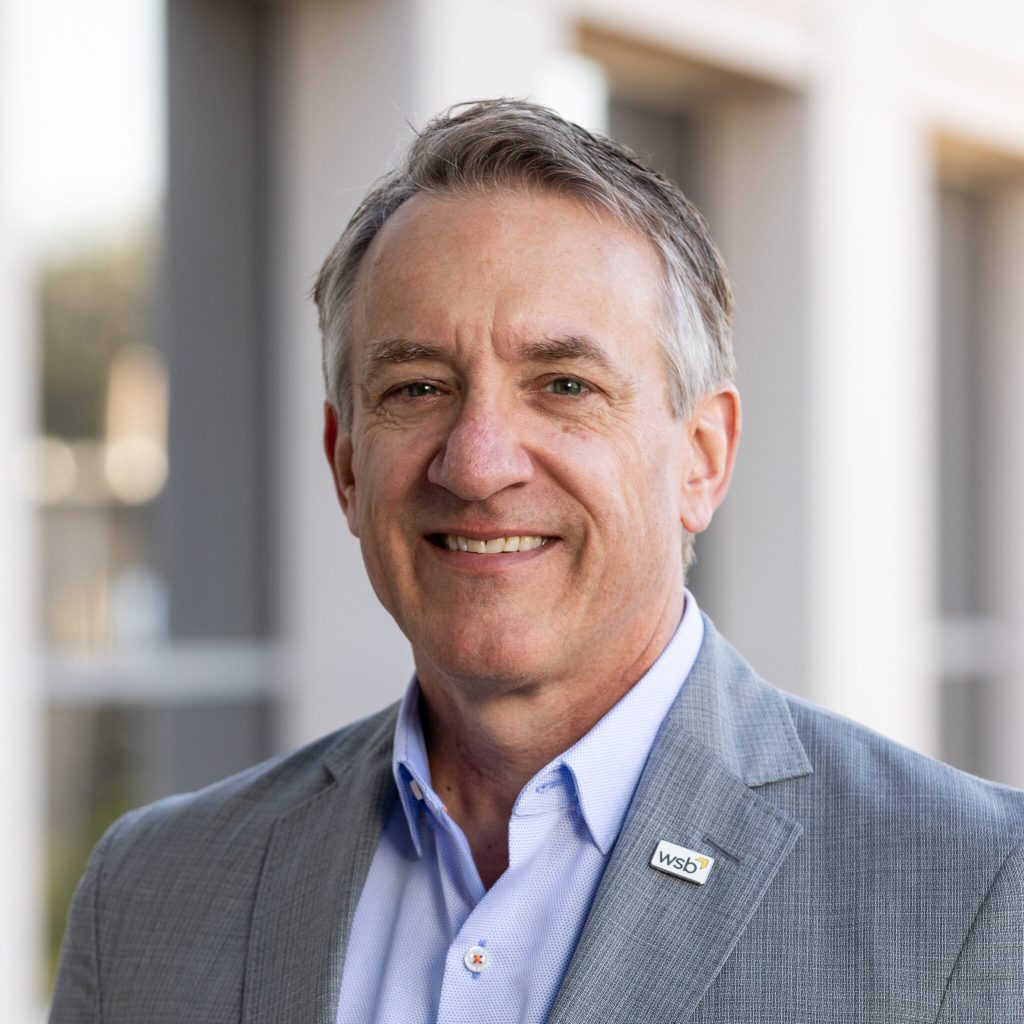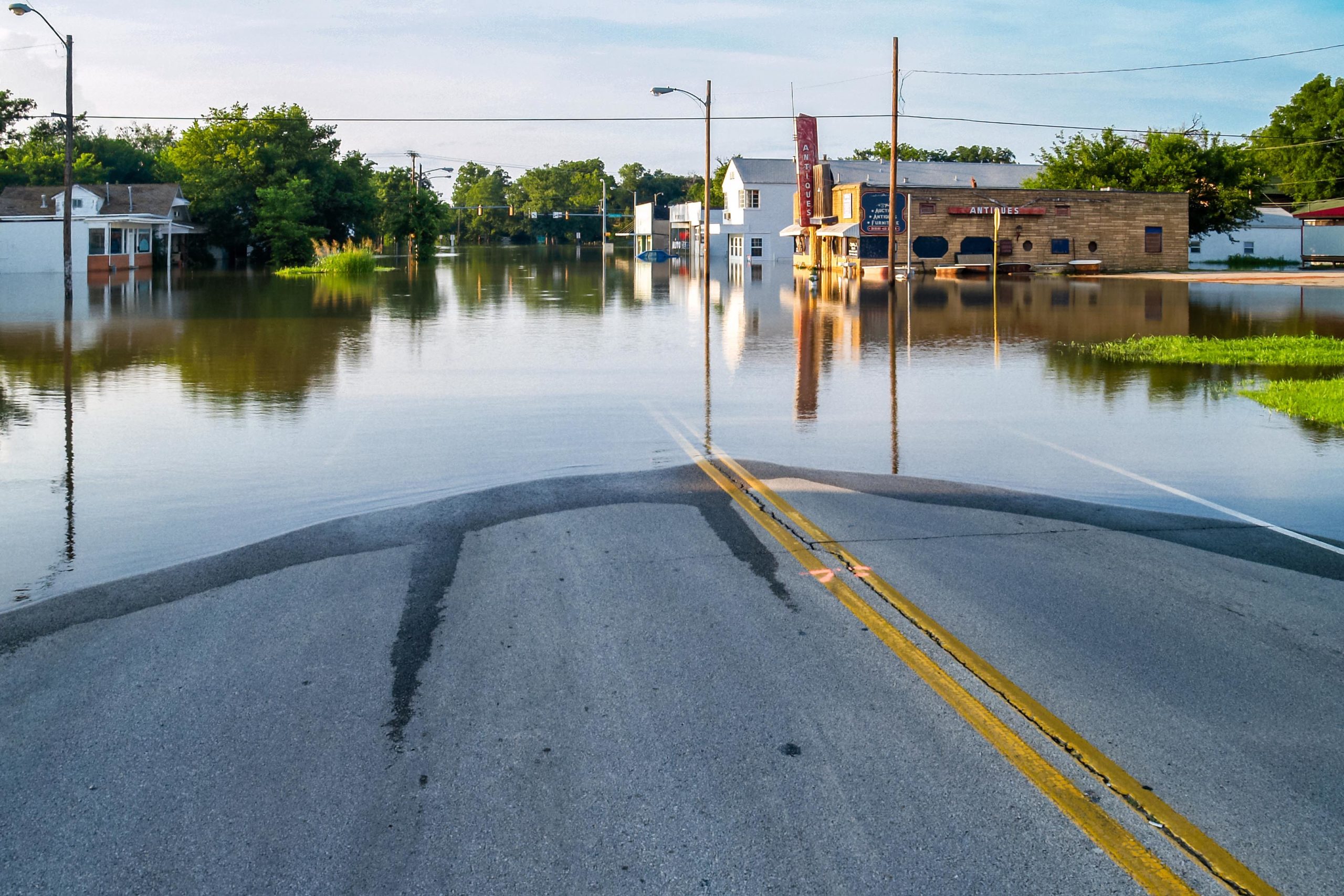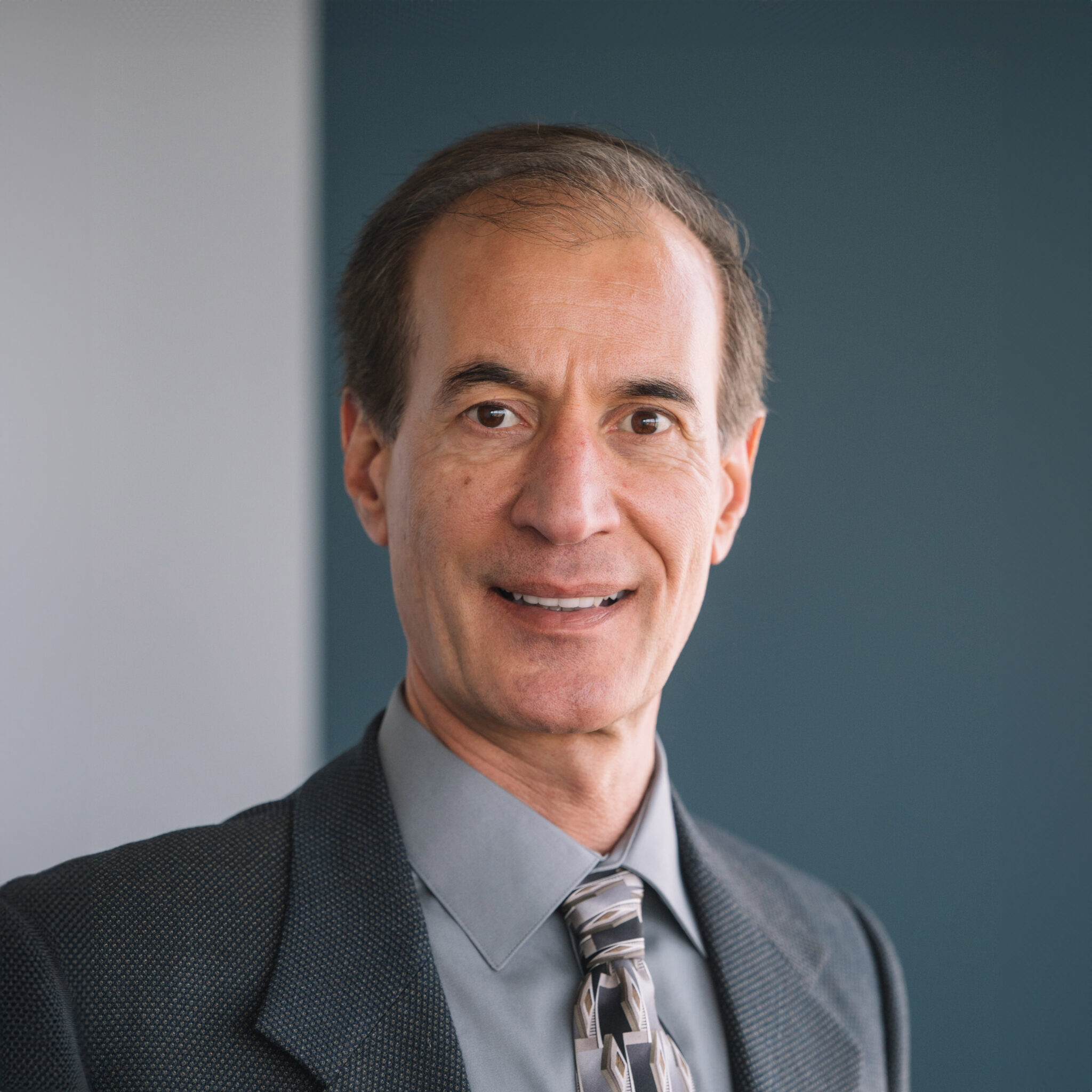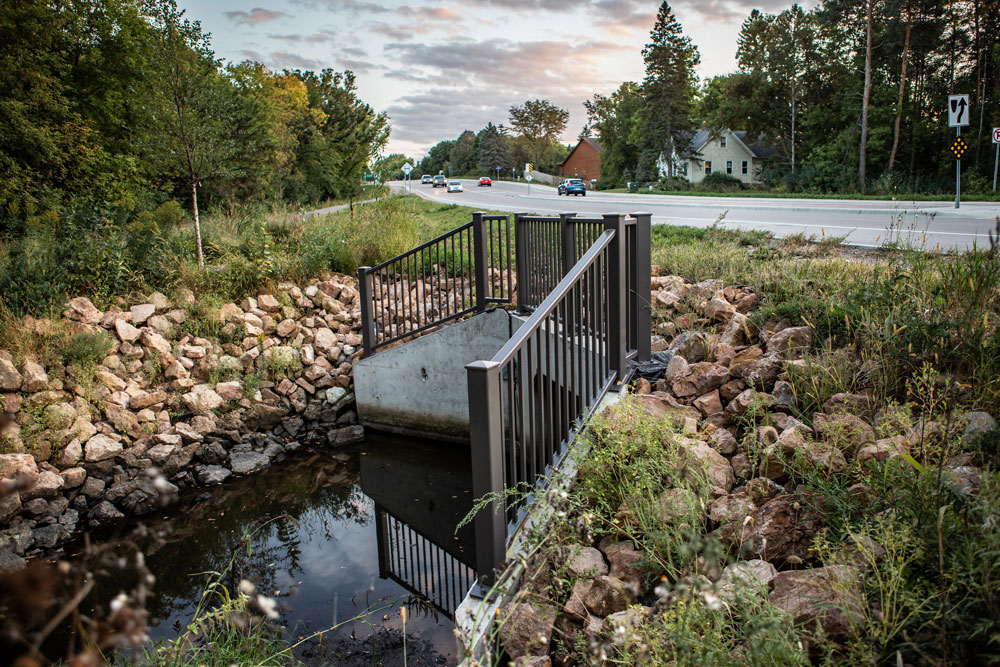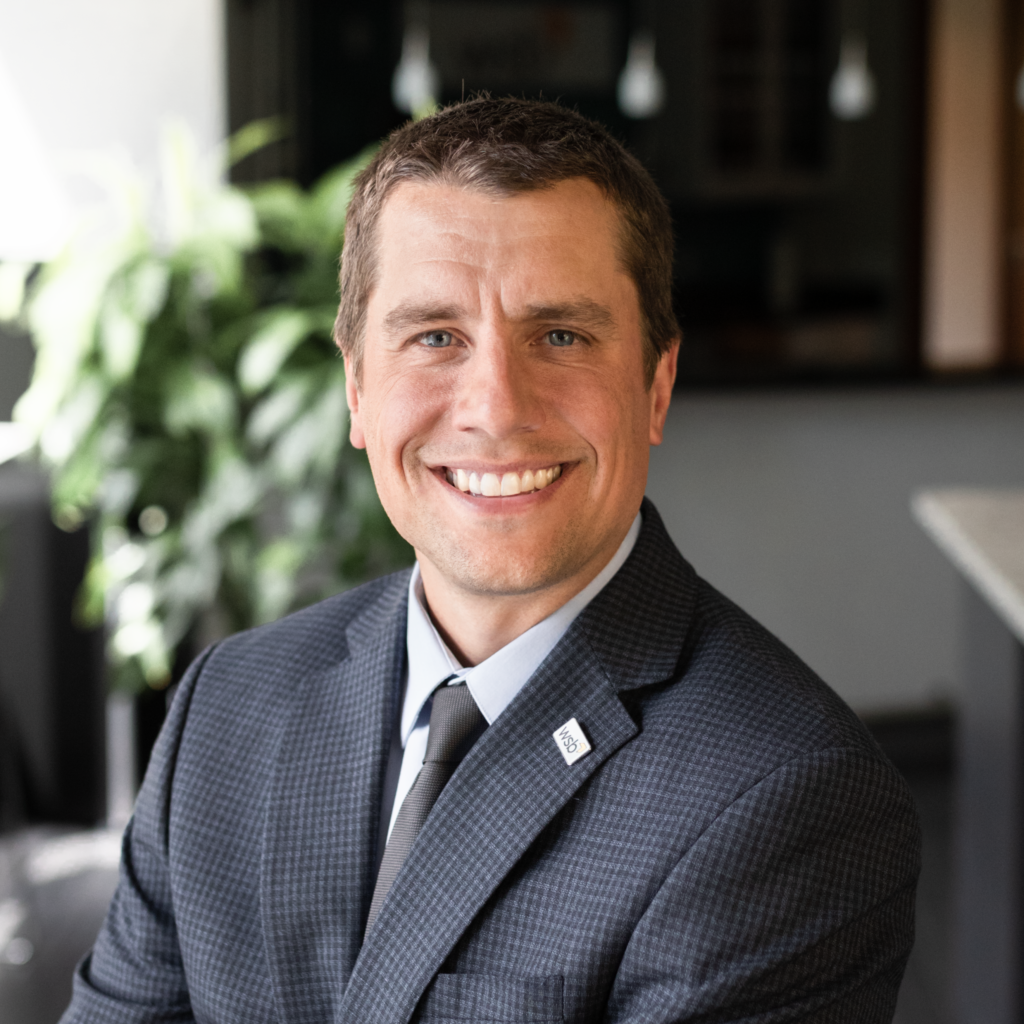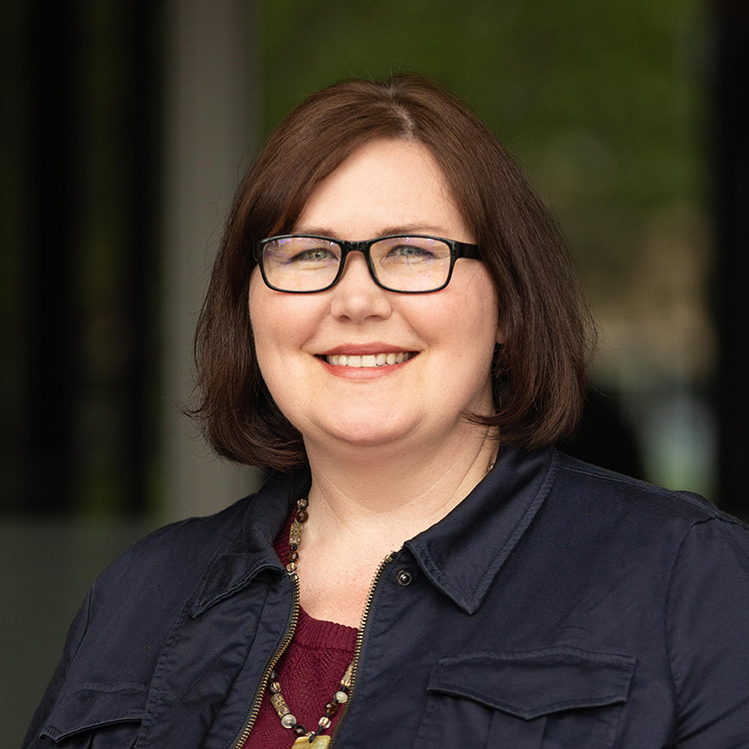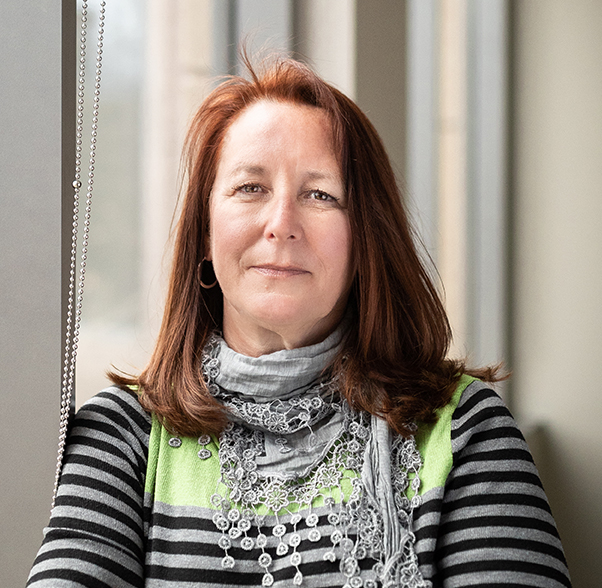January 15, 2024
By Nate Sparks, Sr Community Planner, WSB
From new housing to industrial park expansions, building projects of various shapes and sizes provide meaningful investments in communities but need adequate funding to move forward. Especially for smaller and rural cities where budgets and resources are often not as big as their more urban counterparts, having a proper plan in place to receive needed funding is critical. Without a vision, local leaders may find themselves chasing results and finding few.
It can become too easy to view funding applications and grants as a pot of gold at the end of the rainbow, but without a plan in place, applicants may not only miss out on funding in competitive grant processes, but also miss funding opportunities that will best serve a particular project or goal.
With all this in mind, here are some ways small cities can give themselves an advantage when attempting to find funding for important projects.
Starting with What’s In Your Control
Before seeking external grants, it’s important to start by exploring the tools currently at your disposal. Tax abatement and tax increment financing (TIF) are two methods that cities can use to help push past hurdles and ensure priority projects have adequate funding. Many cities also explore fee waivers and reductions to help make projects more affordable and attainable. These methods are within your control and may provide enough of a spark to get a project started. Redevelopment and Housing TIF Districts have 25-year durations which can capture a significant amount of revenue.
When outside funding is being pursued, it’s important to accurately consider the requirements of a grant to ensure that your community can meet the minimum requirements and provide a compelling narrative for qualification.
For example, the Innovative Business Development Public Infrastructure (BDPI) grants require the applicant to pay 50% of the cost, so it’s important if a community is pursuing a grant that they are sure that any matching dollars can be met. Other grants may require the applicant to have a specific demographic makeup or to pay all workers involved in the project a certain wage. Smaller cities need to show caution and ensure they are pursuing the best funding sources for them, otherwise certain grants may become more of a financial burden than a smart investment.
Communicating a Clear Need
When seeking external funding, communities need a strategy to set themselves apart from other cities. Be able to articulate why a grant is being sought and why there is a need. Are you cleaning up and repurposing a brownfield? Are you expanding housing to meet a demand for workforce housing? Are you expanding an industrial park to meet a growth in population and to bring in more jobs? Are you in need of a new playground for the influx of younger residents in your community? Applicants need to understand and be able to communicate not only what the project is, but the value it brings to the community.
Being able to demonstrate in your adopted community plans that what you are seeking is clearly meeting a goal of the city is an ideal and successful strategy. Therefore, it is important to ensure that your planning documents are up to date and reflect the current reality of the community. Having a handle on the community’s context and demographic factors are excellent ways to help demonstrate need and qualifications. These documents also help people from outside your community understand the importance of projects to your community.
Harnessing Regional Collaboration
No community, regardless of size, operates in a silo. Collaborating with surrounding communities, counties or other regional entities can be a great way to not only better your chances of receiving funding but increase the types of grants you can apply for. Grant applications at the county level, for example, can create a mass of multiple groups and voices and needs that can go a long way to help as it expresses a regional demand.
Being in communication with regional partners about your demonstrated needs will alert them to opportunities for collaboration. Recently, a new playground in a low- to moderate-income city received the necessary funding to be built in part because the county was aware of the city’s goals. Grant funds were available to the county, which then contacted the city about the opportunity. WSB provided the knowledge and technical skill to help produce the plan, identify grants provided by the Department of Housing and Urban Development (HUD) where applicable and worked through the application process to make sure the city received the needed funding.
How WSB Can Help
WSB helps cities of all sizes through a comprehensive planning and visioning process which includes identifying priorities, providing demographic data, navigating TIF requirements, bringing in potential developer partners and even writing grant applications.
Whether for revitalizing downtown, constructing housing, expanding industrial parks, building a playground or any other project, WSB can work with cities from start to finish.
Nate has been a community development professional for over 20 years. He has worked with a wide variety of communities providing guidance to municipalities of various sizes and types on a broad array of topics. He has significant experience working in townships and smaller cities which often face unique issues. His work includes writing comprehensive plans and zoning ordinances for several area communities, as well as serving the community point person for planning and zoning issues for 10 area cities and townships.
[email protected] | 952.221.0540


